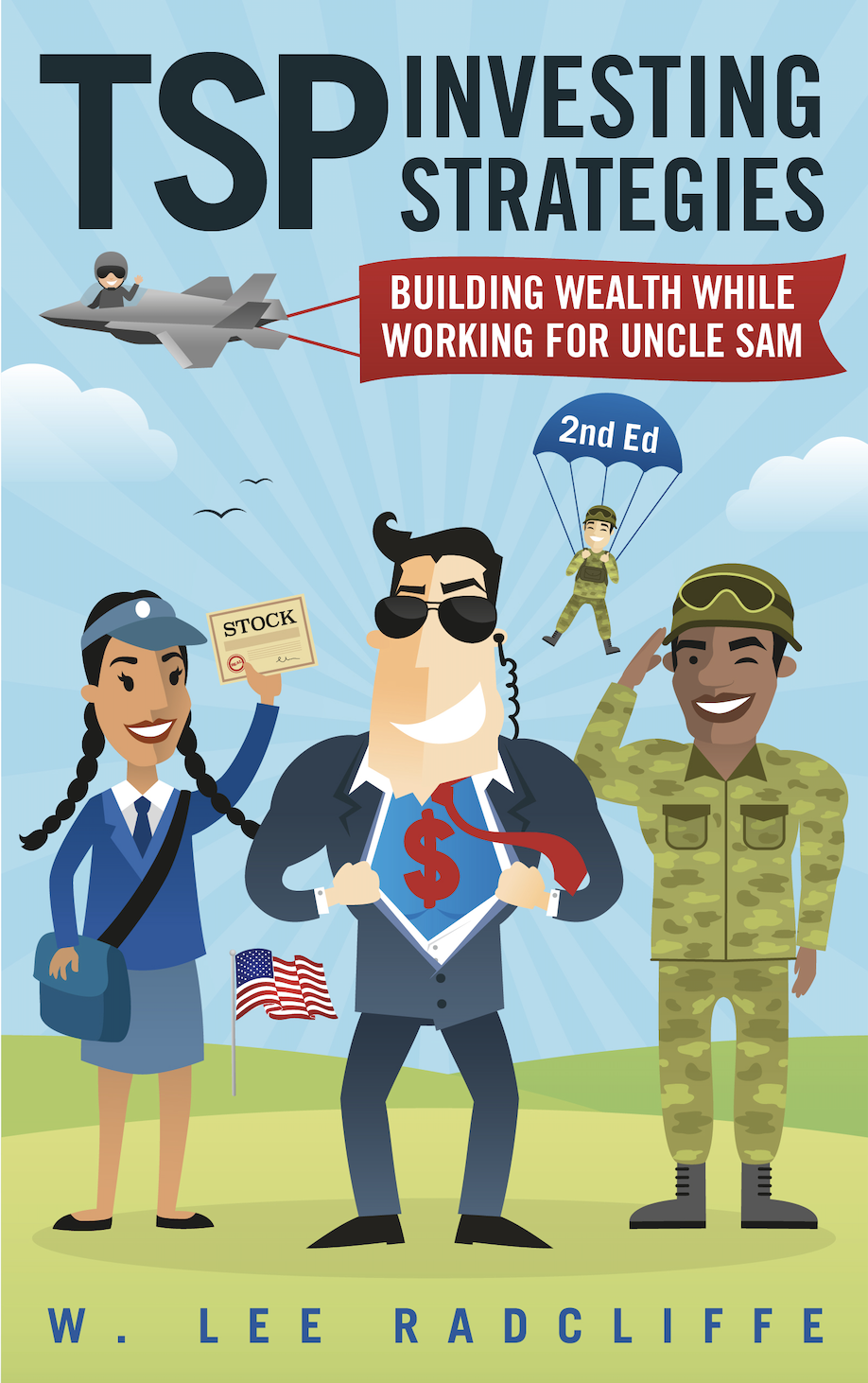The TSP's 'No-Name Nor'easter'...
January 27, 2014
One of the primary competitive advantages of the Thrift Savings Plan is the rock-bottom costs (expense ratios) we pay to keep our money invested in the stock and bond market funds.
At around .02% of each fund, this amounts to about $2 in fees for every $10,000 invested in the TSP funds. The average expense ratio of all other mutual funds was just over .9% in 2012, according to Morningstar. This would cost the investor $90 for every $10,000 he or she invested.
New York Times reported in 2011 that the average expense ratio for equity mutual funds was 1.44% and for bond funds was 1.02% – over $100 for every $10,000 invested – while money market funds was .24%.
That is paid each and every year, and that amount grows as your investments grow. $100,000 invested would cost over $1,000 each year in the example above, compared to around $20 in the TSP funds currently. Over the years, that difference obviously really adds up.
Now, however, recent events and demographics might merge to put upward pressure on the costs TSP participants pay to stay invested in the TSP funds. It’s a quadruple whammy that few see coming, kind of like the “no-name nor’easter” that hit New England in October 1991.
That storm and its impact on the local fishing community were depicted in the book and movie “The Perfect Storm.”
The meteorologist who coined the now widely recognized term “the perfect storm” described the confluence of multiple storm fronts creating a “strong storm” as they met off the coast of New England:
“But then, like throwing gasoline on a fire, a dying hurricane Grace delivered immeasurable tropical energy to create the perfect storm…”
Are we facing a metaphorical perfect storm that will blow up the TSP’s competitive advantage of rock-bottom fees?
First, the TSP last year began to experience something it had never experienced before: Stagnant participation rates. As of October, there were just over 4.615 million participants in the TSP, a drop from 4.619 million in September. Granted this was partially due to the government shutdown. But participation rates had remained stagnant throughout the year, which I detailed here.
Second, new FERS participants – who make up the majority of TSP participants – are now required to contribute significantly more to retirement than previous hires (discussed here). I don’t know about you, but I remember vividly how strapped I was during those first few years working for the government, and I couldn’t contribute anything at all for my first six months when I was eligible. With the higher required contributions to retirement, new FERS participants will be even more hard-pressed to contribute to their TSP accounts because they are earning relatively less than those who were hired previously. That means they’ll most likely contribute less generationally than FERS workers hired previously.
Moreover, the markets in the past year performed exceptionally well. But should markets decline precipitously, coupled with a stagnating participation rate and lower-than-average contributions among new hires, these all could put upward pressure on the expense ratios we all have to pay stay invested in the TSP funds.
Now, the possible “dying hurricane” that could cause expense ratios to rise is the cohort of TSP participants who have separated from the government and no longer contribute. This includes those who have retired and who will thus potentially draw down on those funds in the near future. These non-contributing participants make up almost one-quarter of the total TSP population, or around 1,000,000 participants.
And then there are those who are in their fifties or older now who still work for the government but will retire soon. They presumably have a significant amount saved and invested in the TSP funds – the average fund balance among FERS participants in October was almost $104,000, and among CSRS participants it was over $102,000. Since these are averages, longer-serving TSP participants probably have much higher account averages.
Since around 40% or so of TSP participants are in their fifties or older and thus near/at retirement age, and another 25% or so are already separated, this means around two-thirds of TSP participants can now or will soon be able to transfer some or all of their funds out of the TSP.
It is not a matter of if these cohorts decide to take out their funds, but when. If they take out their funds in larger percentages as participation remains stagnant and especially if markets are stagnant or falling, this could potentially put upward pressure on expense ratios.
Given all this, I’ve been kind of surprised to see the double-digit rate of increase in TSP budgets over the past couple of years, and last year especially. The TSP budgets are what drive the expense ratios, after all. There are certainly a number of issues that (still) need to be addressed. But at the same time, I’ve read a lot of proposals for the next couple of years that look like they maybe, might be, could be kinda useful for some, but they also certainly look like they might cost a lot more money than what we are paying for now. Administrators – and the FRTIB that oversees the administrators – should take into consideration the rapidly changing demographics – both young and old – before taking on these new proposals. I don’t want to be stuck along with my younger cohorts paying more as my older colleagues leave government and the TSP.
Related topics: